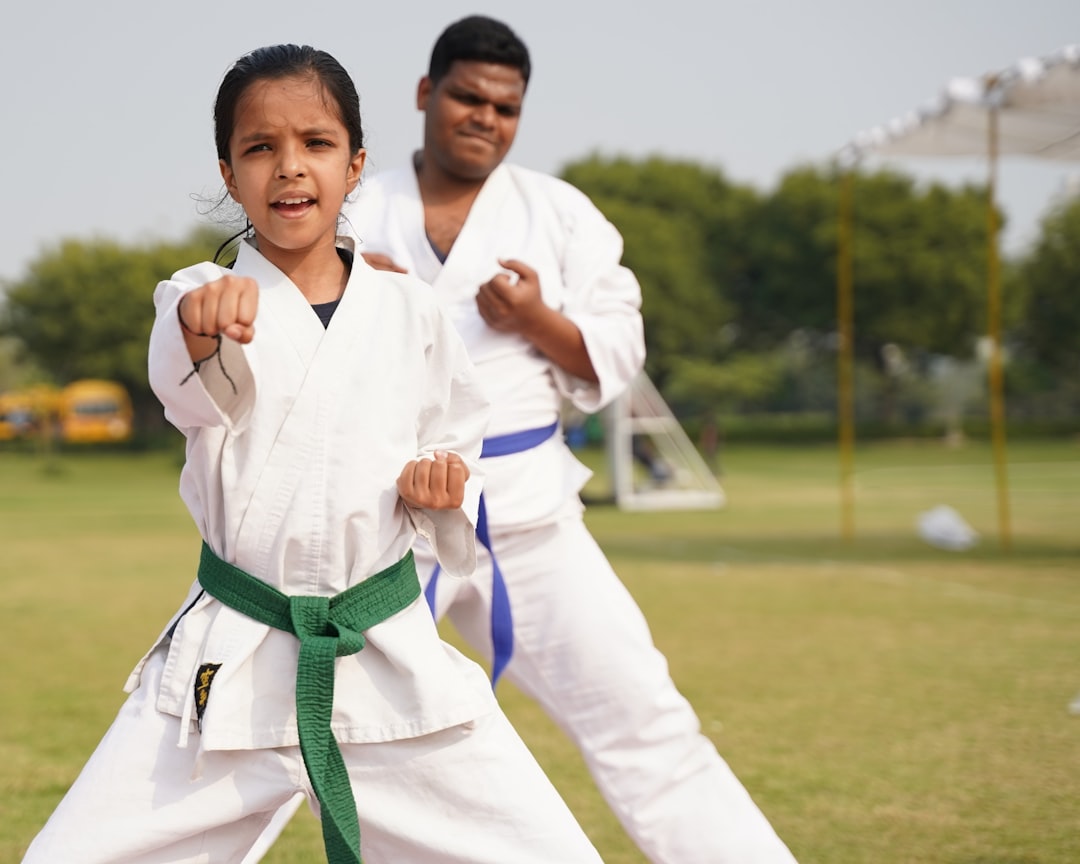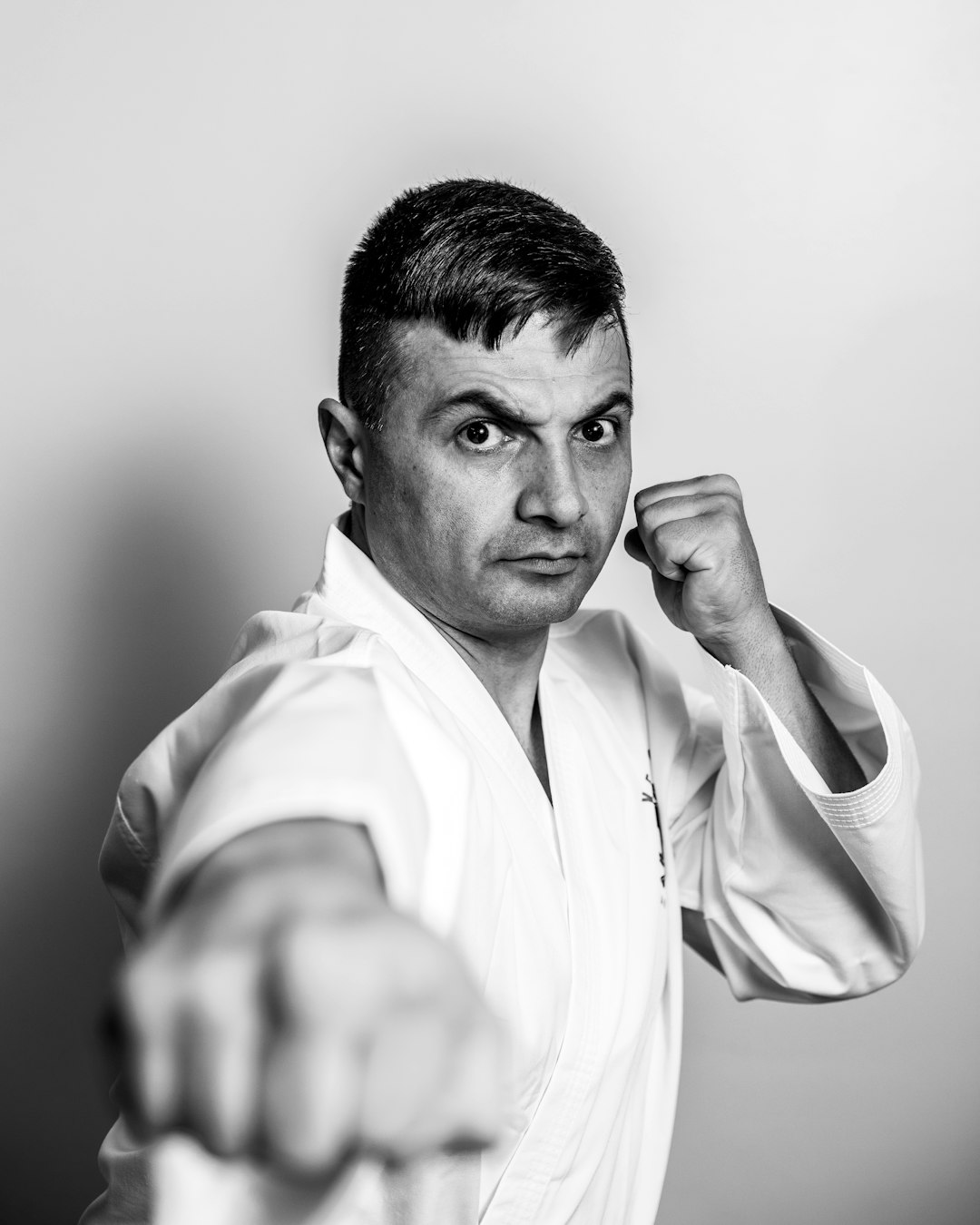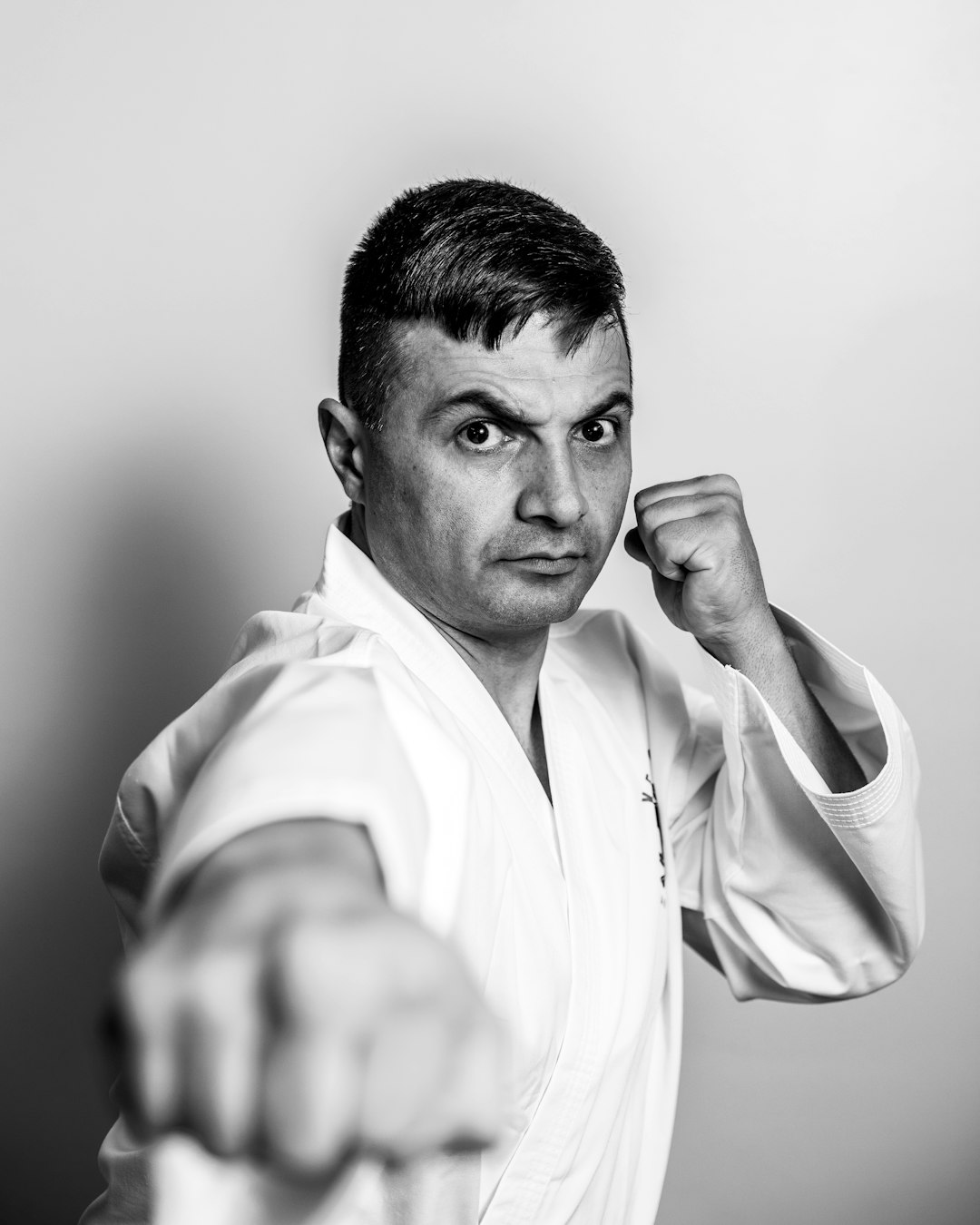The "karate gi," or official karate outfit, holds deep cultural significance within martial arts, symbolizing respect, discipline, and camaraderie among practitioners worldwide. Its history traces back to Okinawa, Japan, where early karate practitioners wore practical clothing similar to farmer's attire. As karate gained formal recognition in the 20th century, a standardized karate gi emerged for consistency in competition and training. Today, this modern uniform combines functionality and tradition with upper garments (dobori) and lower pants (mawashi), preserving the core principles of humility, respect, and discipline that have characterized the outfit since its humble 17th-century beginnings.
What is a Karate Uniform Called? Unraveling the Name Behind the Tradition
Karate, an ancient martial art with roots in Okinawa, Japan, has evolved into a global phenomenon. Central to this evolution is the traditional attire worn by practitioners—the karate uniform, or Gi. This article delves into the rich history and cultural significance of the karate uniform, exploring its components, global variations in naming, and its role as a unifying symbol within diverse karate styles worldwide. From its humble beginnings to its modern-day status, understanding the karate outfit name offers a fascinating glimpse into this martial art’s heritage.
- # What is a Karate Uniform Called? Unraveling the Name Behind the Tradition
- 1. Understanding the Historical Context
- – A brief history of karate and its evolution.
# What is a Karate Uniform Called? Unraveling the Name Behind the Tradition

In the world of martial arts, the attire worn by practitioners is more than just functional; it carries cultural significance and historical tradition. So, what is a karate uniform called? The official karate outfit is known as a “gi” or “karate gi.” This term refers to the traditional clothing that includes a heavy cotton garment, often referred to as the “keikogi,” which is worn over a form-fitting undergarment called the “dori” or “mawashi.”
The name “gi” itself is derived from the Japanese word meaning “clothing.” This attire is not just a uniform; it symbolizes respect, discipline, and dedication to the art of karate. Wearing the gi is a sign of commitment to the martial arts way of life, fostering a sense of camaraderie among practitioners worldwide. Questions often arise about its purpose and origin, but make no mistake: the karate gi is an integral part of the martial artist’s identity and tradition.
1. Understanding the Historical Context

The history of karate uniforms is deeply intertwined with the evolution of the martial art itself. In its early days, Karate practitioners in Okinawa, Japan, wore loose-fitting clothing and canvas shoes similar to what farmers would wear for field work. This attire was practical for training and combat, allowing for freedom of movement and minimal protection? The traditional “karate gi” as we know it today, however, began to take shape during the 20th century, especially after karate’s formalization and international recognition.
This shift towards a standardized karate outfit was driven by the need for consistency in competition and training. The modern karate gi is designed to be both functional and distinctive, featuring an upper garment (dobori) and lower pants (mawashi). The material, typically lightweight cotton, allows for breathability during intense physical activity while offering some protection against joint locks and strikes? Thus, the karate uniform has evolved from its humble beginnings to a symbol of discipline, tradition, and respect within the martial arts community.
– A brief history of karate and its evolution.

Karate, an ancient martial art with roots in Japan, has evolved from humble beginnings to a globally recognized sport and self-defense system. The art’s early forms emerged during the 17th century when Okinawans developed it from various Chinese fighting styles, later refining it into what we know today. This evolution led to the creation of distinct karate outfits that reflect the discipline’s progression.
The traditional karate outfit, known as a dobuk or gi, is a modest garment composed of cotton pants and an overgarment tied at the waist. This attire has been worn by practitioners for centuries, symbolizing humility, respect, and the spirit of training. As karate gained international popularity, however, the uniform began to adapt; modern variations incorporate more flexible materials to cater to the dynamic nature of contemporary karate competitions, while still preserving the core principles of modesty and tradition.
The traditional karate uniform, known as a gi or karate gi, is more than just clothing; it symbolizes the wearer’s commitment, discipline, and journey within the martial art of karate. This humble garment has evolved alongside the practice itself, reflecting its historical roots while adapting to modern needs. Understanding the name and purpose behind the karate gi offers a deeper appreciation for this iconic piece of athletic wear, serving as both a testament to tradition and a practical tool for practitioners worldwide. Thus, the next time you don your karate outfit, take a moment to recognize its rich heritage and the discipline it represents.
